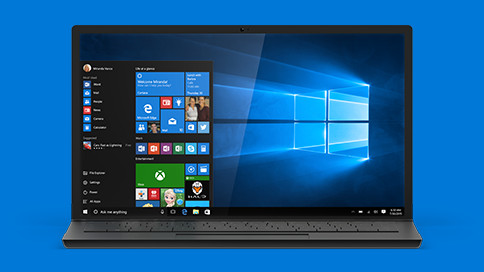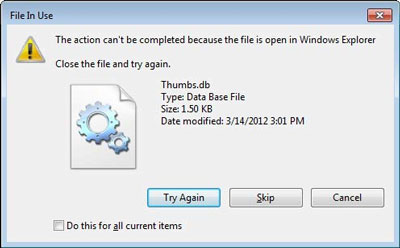What Is The “I/O Device” Error & How To Fix It?
The “I/O Device” error typically shows when you try and shut down your PC, and will stop your system from operating correctly. Despite not causing many problems on your system when you are using it, the Device I/O error can lead to many other problems on your system, and it’s therefore vital that you first understand what the issue is, and how to resolve it on your PC.
What Is The Device I/O Error?
This error is quite a common infection which has been caused by either an external hard drive, printer or another peripheral device. The “I/O” (Input Output) device of your PC is where you are able to connect an external component, and will basically allow your system to read any external component that you have.
When a Device I/O Error occurs, your PC is unable to set up the software that is needed to configure the device driver and operate the peripheral unit. This means that your system either cannot properly communicate with an external device that it’s connected to, or will have some sort of other problem with the drivers of the device being damaged or corrupted.
How To Fix Device I/O Errors
Step 1 – Make Sure All Your Devices Are Working Properly
To begin with, it’s important that you’re able to ensure that all the devices of your computer are working correctly & are readable. To do this, you should perform the steps outlined here:
- Click on “Start”
- Choose “Control Panel” from the menu
- When the Control Panel opens, select “Performance and Maintenance” and choose “System.”
- When the window opens choose “Hardware”
- Click on the “Device Manager.”
- Locate the device that has a red “x” or a yellow “!” marked on it.
- Click on the “General” tab and then choose “Enable Device” and click “OK”
- If there is still an error proceed to click on “General” and then choose “Troubleshoot” and click “OK“
This will basically allow you to repair any of the problems which could be causing the errors you’re seeing to show. IT will also allow your computer to basically show you any potential problems with the devices on your PC.
Step 2 – Update The Drivers Of Your PC
If you’re still seeing the errors after enabling the devices on your PC, it’s recommended that you then update any drivers which may be causing problems. To do this, you should load up the “Device Manager” again, and then right-click on a device and select “Update Driver”. This will allow your computer to update the driver for that driver, making it much more reliable & effective.
Step 3 – Check The Cable Connections To Your Hardware
It’s Recommended that you should also check any cable connections that your hardware may have. Becuase the “Device I/O” error is attributed to external peripharel hardware components, it means that the likes of USB cables & other cables are being used to help load up the important settings that your computer will use. We’ve found that cables can become unconnected, or damaged, leading to a large number of potential problems with your hardware. To fix this, it’s recommended that you just take a quick look behind your PC and make sure that all the cables are secure.
Step 4 – Clean Out The Registry
It’s recommended that you clean any registry errors that your computer may have to ensure that the Device I/O error does not show up again. The “registry” is a large database which stores all the information & settings that Windows will be using to run, and is where your PC will keep everything from your most recent emails to your desktop wallpaper. Although this part of your computer is highly important, it’s continually going to be causing a large number of potential errors for your PC through its files becoming damaged & corrupted. To fix this, it’s highly recommended that you use a registry cleaner program to cure any of the problems & issues that your PC may have inside, which can be done by using the program below:



